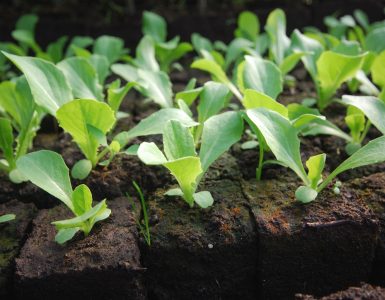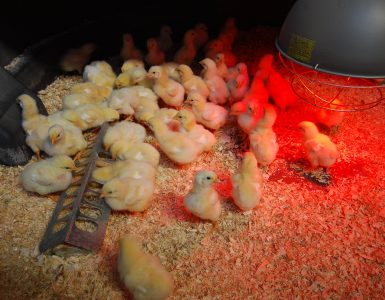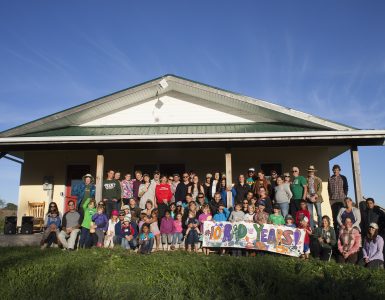Hardly a week goes by without another major news story warning that automation and artificial intelligence will eliminate large numbers of jobs.
It’s been estimated that self-driving cars and transport trucks will eliminate more than 4 million jobs in North America. Other reports suggest that between 6% and 50% of all jobs could be replaced by robots and artificial intelligence in the coming decades.
These predictions are dramatic. But they’re hardly new to farming. In 1931, one third of Canadians lived on farms. In that same year, according to Statistics Canada, only 13% of those farms had tractors. Most work was done by hand or with help from horses and horse-powered machinery.
The proliferation of ever-larger tractors and tractor equipment, especially after World War Two, eliminated almost all of the farm jobs that existed a century ago. With a combine harvester the size of a small house, one grain farmer can now bring in more corn or wheat in a day than a hundred farmworkers could have handled in 1931. Typical farm acreages, especially on the prairies, have grown accordingly.
And this trend is not over. While completely self-driving tractors are still experimental, many top-of-the-line new tractors and combines have GPS-assisted steering. Automated robotic milking machines are becoming more common on dairy farmers. Large greenhouses have automatic sorting machines that can sort and box peppers or other produce based on size, shape, and colour.
Farmers have already experienced, to some extent, what it is like to be “replaced” by machines. And I think there are lessons to be learned from that experience.
One lesson is that it matters a great deal who owns the machines. We fabricate equipment on our farm from time to time. We own those implements, we build them to match our needs, and they can reduce some of the drudgery involved in labour-intensive tasks like weeding beds, or harvesting garlic, or washing root vegetables.
But in highly automated farm equipment is not always designed with the farmer’s autonomy in mind. Many new tractors are designed with built-in software (firmware) that prevent farmers from fixing their own tractors. This year it was reported that some John Deere tractors have firmware that will shut down the machines if repairs are made by the farmer—instead of at an expensive John Deere dealership—or if generic replacement parts are used instead of John Deere branded parts.
These are tractors that farmers have paid hundreds of thousands of dollars for; but if they aren’t allowed to fix their own tractors, do they really own those machines? Or do they merely possess them?
According to media reports, many farmers took to downloading hacked firmware from Eastern European websites, and replacing their tractor’s firmware with a “pirated” version that would allow them to do their own repairs. There is a growing “right to repair” movement around tractors and many other machines.
The high price of this automated machinery is another problem; bigger and faster machines let farmers process more product, sure. But they don’t necessarily keep any more of that income. While farms bring in higher and higher levels of gross income, farmers’ net income—the amount they actually get to keep at the end of the day—has largely stagnated over the last fifty years.
The biggest problem is that farmers often must go into debt to keep increasing their scale of production. A robotic milking barn can cost more than a quarter of a million dollars, which will require a farmer to take out a loan. Most of the profit from that new milking robot is probably going to a bank, not to a farmer.
Which is perhaps the biggest economic danger of automation—not that it can eliminate jobs, but that all of the profits are likely to be reaped by the wealthiest people and institutions in the world. By the people who already have the most money.
This is something we’ll have to understand and contend with in the coming decades; there are no easy answers.
There is a little bit of good news in all this, for community-oriented farmers like my family. We know the people who buy our food by name. We hold work bees and host a kid’s day camp so that people can visit the farm, get their hands dirty, and spend time in nature.
The important thing to remember is that humans are not robots. We need community, we need good food, and we need to spend time with other living creatures.
No matter how many robots there are in the world, that human need is not going away.
Aric McBay is a farmer and author.







